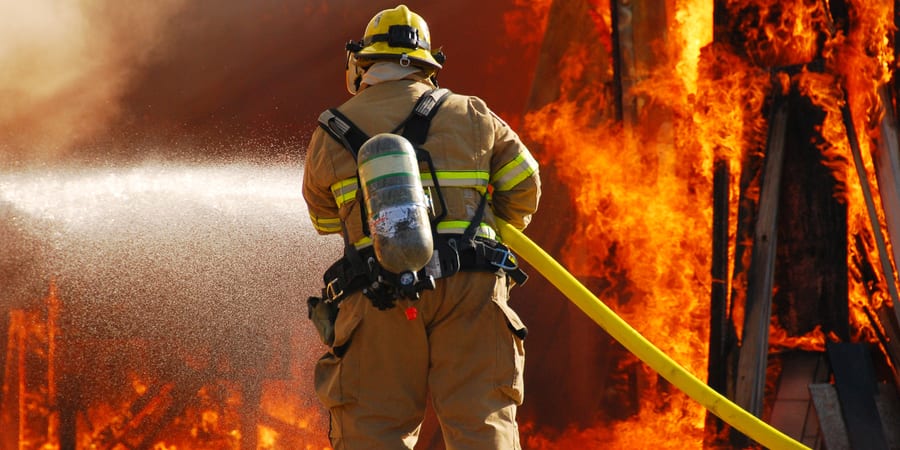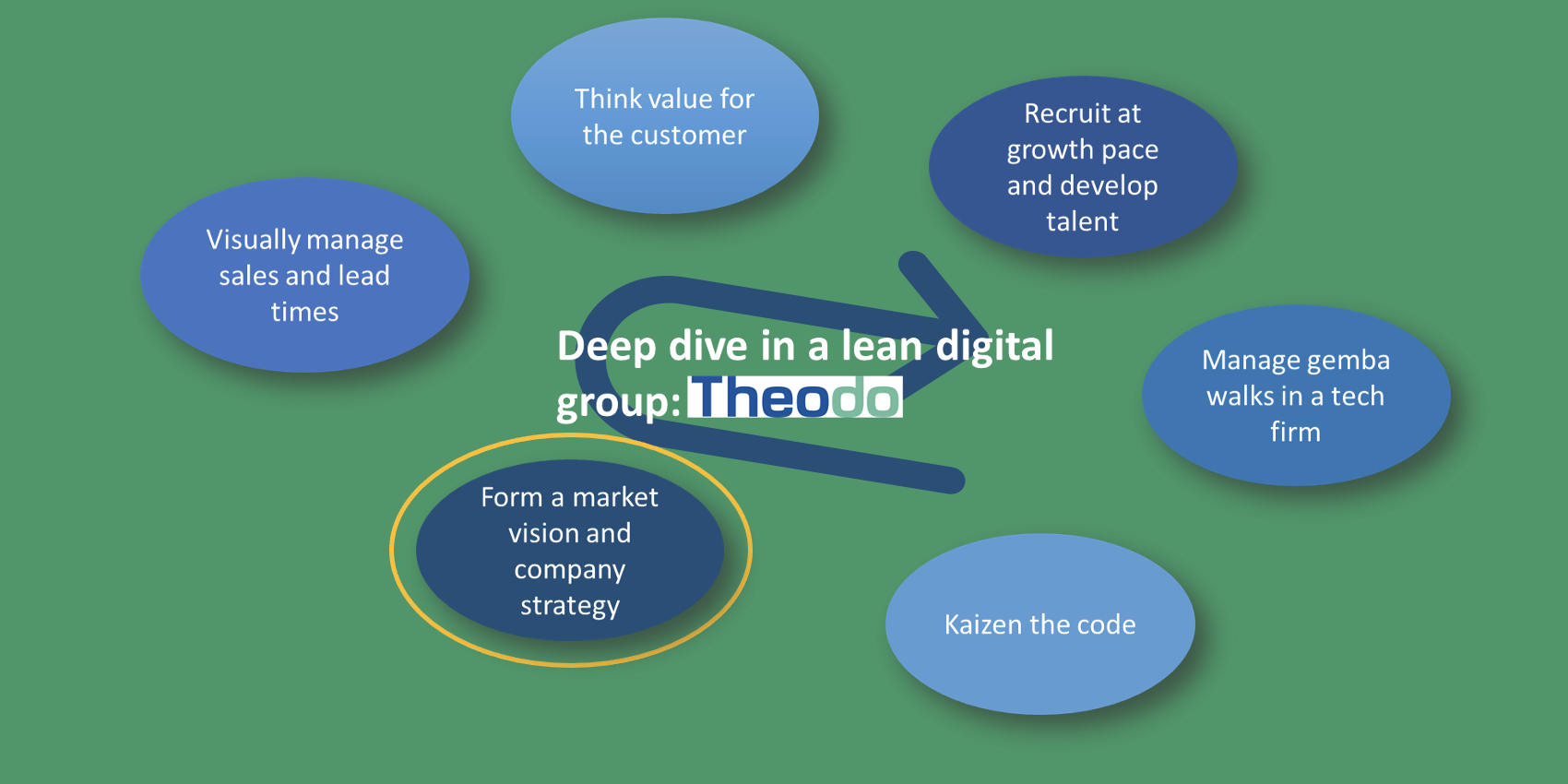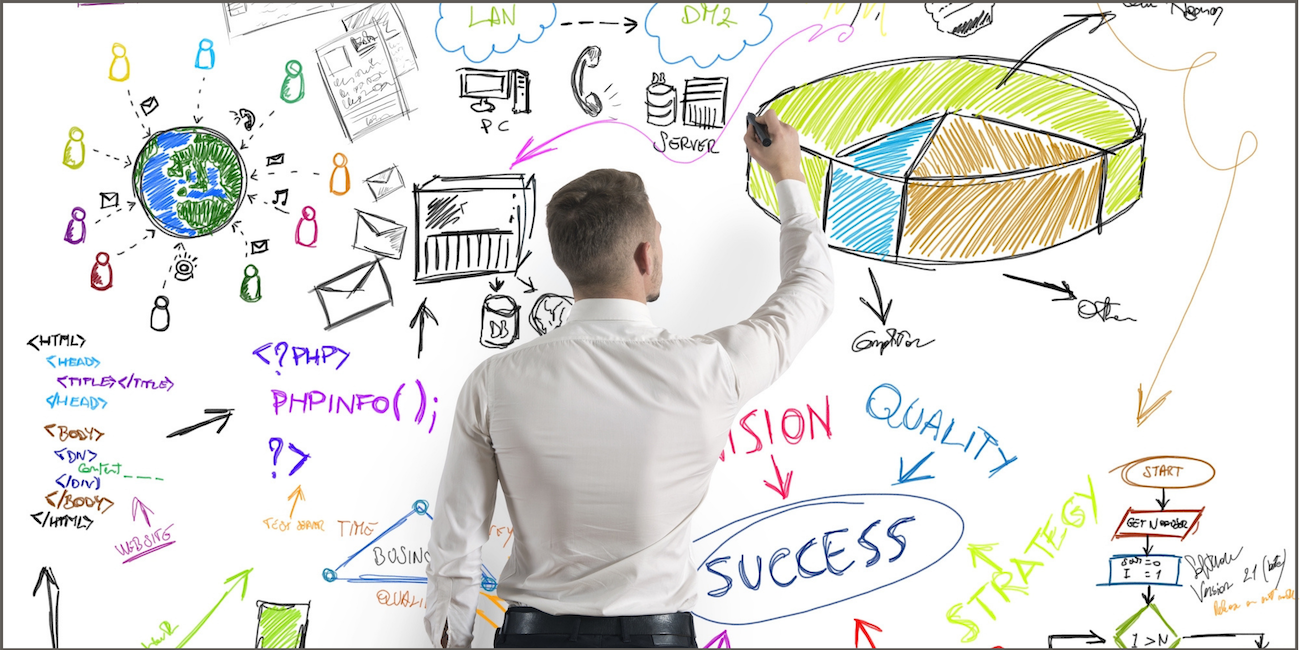
Fancy a cup of lean coffee?
FEATURE – What started as the idea of two friends to meet up and discuss their lean journeys turned into a regular get-together of lean practitioners in the Cape Town area. Another example of the importance of sharing.
Words: John Montanari, lean practitioner and COO at The Kartal Distribution
Lean started for me in 2014, when I first heard about the Toyota Production System. I bought the book The Toyota Way by Jeffrey Liker and fell in love with the way Toyota ran their business. I furiously read, went to lean courses, and tested what I learnt over recent years. I have grown enormously through embracing lean and bringing this into the way I work and approach life.
An unexpected part of this journey has been successfully establishing a Lean and Leadership support group... by mistake.
We first met in early November 2016, with meetings happening every month thereafter. Fast forward to the present, and we have hosted 34 meetings over almost three years, we have 120 people on the mailing list, two meetings a month, and (give or take) 30 active people coming together at each meeting for 90 minutes to share their problems, experience and help provide countermeasures for each other's woes. The group is made up of people from a wide range of industries, including retail, manufacturing, and food production. This depth and spread of experience makes all who attend stronger and more committed to our respective lean journeys.
HOW IT STARTED BY MISTAKE
In October 2016, I attended the Lean Summit Africa in Cape Town and, following a presentation, I turned to my close friend and fellow lean-geek-in-training Stephan Drees and, in my summit-inspired mindset, suggested we started getting together informally but semi-regularly, over a cup of coffee, to support each other on our lean journeys. We agreed enthusiastically, but quickly moved on to the next Summit presentation.
A bit later in the day, in between Summit activities, I was stopped in the corridor by a delegate I didn’t know and asked: “Can I join your Lean Coffee meeting?” I was taken aback. “What Lean Coffee meeting?” I asked. Despite this ambiguity, I decided to take their details anyway (no harm in getting to know another lean geek, right?) and we went our separate ways. A few minutes later, I realized that this person had spoken to Stephan and the idea of the “The Lean Coffee” meetings (not to be confused with Jim Benson’s Lean Coffee , which John and the team found about months after they started getting together) began to snowball.
TWO FRIENDS PASSIONATE ABOUT LEAN AND LEADERSHIP
Following the Lean Summit Africa, Stephan Drees and I continued to nurture our idea of getting together for a coffee to discuss what lean initiatives we were implementing in our businesses, the tools and thinking we had learnt from the Lean Institute Africa courses, and the books we read relating to lean, coaching and leadership. We were confident and passionate that, in lean management, we had found a strategy for efficiency and treating people with respect, after a career that up to that point had been steeped in traditional management models – dictatorship-type leadership that gave out instructions and told people what to do. We wanted to continue our own lean learning and grow our confidence in bringing it to our workplaces.
THE FIRST COFFEE, NOT SO LEAN
The first The Lean Coffee meeting took place at the Cape Quarter Bootleggers, a coffee shop in Cape Town, in early November, just a few weeks after that first moment of inspiration. With no structure in place, we spent an hour discussing things that had little value, which was disappointing as the small group of lean enthusiasts had come hoping to leave energized and enthused with lean inspiration. Observing the frustration of how the meeting played out that first day, Glen Tyler, former Business Development Manager at Lean Institute Africa, and James Comer, Audit Principal at the UK National Audit Office (who was at the time on sabbatical in Cape Town) suggested we try a different approach they had experienced in another meeting. The meeting structure involved using post-its for proposing topics for discussion and a voting process to ensure the most sought-after topics were selected in order of relevance to the group.
We tried this at the next meeting and have never looked back. Only forward, with a few improvements to the process along the way (and I’m sure there will be more to come).
HOW THE MEETINGS WORK
Originally, we worked with a manual process (writing on post-it notes at the meeting), but we decided a few months ago that this was taking away precious problem-solving time. We, therefore, have moved to a digital platform. Topics can range from problems one is having with motivating teams to details on best practice on measuring data, to how you manage your own time, and many more relating to the group’s variety of work contexts. Below is an example of our topics from a recent meeting.

Once all topics are recorded, we go back to vote on these. This means, that as a group we decide, by vote, in what order the topics are discussed. This means that the topics are posted and voting takes place before the meeting, so that we can get stuck into the real issues immediately.
Then, at the meeting, we vote as a group every four minutes, on whether to keep talking about the topic or move on. The voting happens using sign language: thumbs up (yes - keep going!), thumbs down (no - enough now!), or sideways thumb (neutral). The timekeeper decides based on the majority show of hands how to proceed, and this determines the speed at which we move on to the next topic.
The value for the attendees is that they can arrive with problems and processes that they are battling to resolve alone, and 90 minutes later they have countless countermeasures and new energy to tackle that situation. We find such value in the industry diversity of these meetings, because the “problem owner” has to explain their problem clearly to the group who may be unfamiliar with that person’s industry, and then they get “outside eyes” from such a variety of work environments to feed back on the challenge. This wealth of mixed experience and ideas is a winning formula.
The wins are then shared on our Whatsapp and email group.
Prof. Norman Faull, Chairman of Lean Institute Africa, had this to say about The Lean Coffee: “In the beginning, there were two lean neophytes, enthusiastic to learn and apply more. They lit a fire, called The Lean Coffee, that grew and grew, casting productive embers far and wide. Today, John and Stephan are pioneering, inspiring and challenging themselves and others, every day, to ever deeper effectiveness.”
SOME COMMENTS FROM LEAN COFFEE PARTICIPANTS

“Participating in The Lean Coffee stoked a fire in me to improve professionally and personally, and the platform helps to hold me to account. Hearing first hand of the challenges, learnings and wins from other like-minded individuals in The Lean Coffee group humbles and motivates me. I’ve gained immeasurably through thought-provoking discussions, one-on-one coaching, impromptu workshops, attending and hosting factory tours and collaborating with other members,” said Gavin Street of Cape Herb and Spice.
“The Lean Coffee allowed me to expose myself to a network of higher-level, solution-based thinkers in an open environment. It helped me become a better manager and motivated me to implement Lean in my company, easing operational stress company-wide and improving efficiency. I will be sure to refine now and use these methodologies when I start on my own,” said Tao of J&J rewards.
“It has been a huge positive impact on my work and personal life/relationship. It made me a more confident individual manager that drives the willingness to succeed, to explore new tactics, work strategies, and to build on my communication skills. Failure within my team makes it easier now to highlight how we can improve on it, and what our future learnings are. The best thing about The Lean Coffee is that I’ve learned that there will always be ways to constantly improve your work environment and work procedure flows,” Antonio Farmer of Interfood group.
None of this would have happened without that initial question, “Can I join your Lean Coffee meeting?”. It would have ended quickly without the help from Steve Mathew and Ludwig Kruger from Fireworkx, with their Lean IT Developer skills, or Stephan Drees, and Devin Isaacs. The support from Norman Faull and Mia Faull of the Lean Institute Africa has been invaluable and without their organization The Lean Coffee group would never exist.
THE AUTHOR

Read more


FEATURE – Too often we tend to focus on trying to replicate success, rather than analyze failure. Yet, learning from mistakes is a fundamental principle in lean. This account of a transformation gone south offers an insightful critique of lean.


NOTES FROM THE GEMBA – Follow Catherine on another one of her gemba walks around French companies. This time, she visits a manufacturer of inspecting machines near Bordeaux, with a visionary leader and a great story.


FEATURE – In the final article of her series, the author spends a day with Theodo’s CEO and co-founder to learn how lean informs its strategy and vision.


FEATURE – How does visual thinking practically help an organization? The author discusses three different ways in which it can be used to benefit a business and help it to improve itself.

